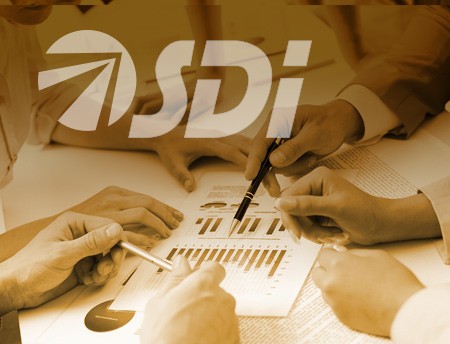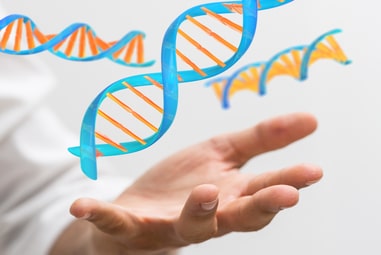Description
Next-generation sequencing (NGS) technologies encompass the modern, post-Sanger sequencing techniques that revolutionized and expanded the fields of molecular biology and genomics in recent years. NGS has been a disruptive technology that had a substantial impact on the characterization of the genome of various species, and has found numerous applications in a large variety of fields, including clinical diagnostics, drug discovery and development, agriculture, and forensics. Next-Generation Sequencing Markets provides an in-depth look at the sequencing market, including data for 2018-2023 for the following markets:
- Next-Generation Sequencing Market
- Next-Generation Sequencing Consumables Market
- Next-Generation Sequencing Market by Region: U.S.
- Next-Generation Sequencing Market by Region: Europe
- Next-Generation Sequencing Market by Region: Europe
- Market Size by Application: Diagnostics
- Market Size by Application: Pharmaceuticals
This report includes a Survey of Labs Using Next-Generation Sequencing. The survey was conducted by an experienced NGS market analyst who interviewed lab managers and directors to obtain a real-world view point on the next-generation sequencing market today.
- Please describe the lab’s industry and function?
- How many sequencers does the laboratory have, and which models?
- For your most recent sequencers, please describe: the model, what applications are run typically (by percentage), how often or how many samples (runs, samples, slides, flow cells, plates, multiplexed or not).
- Which applications are expected to increase most?
- Does the lab outsource any sequencing? For what reason(s)?
- How does the lab/ organization address regulated patient samples?
- Does the lab have accreditation for regulated patient samples?
- Which sequencers are used for regulated and non-regulated patient samples?
- In what disease areas does the lab sequence regulated/ non-regulated patient/ human samples? What disease areas are expected to grow the most from 2017-2018?
- What percentage of samples sequenced are patient samples subject to regulation, patient/ human samples not subject to regulation, and non-patient/ non-human samples not subject to regulation? How is this expected to change from 2017-2018
- How much is the volume of NGS and capillary sequencing expected to change overall from 2017 to 2018?
- What sequencer features, or steps in the sequencing process would you most like to be changed/ improved?
- What is the main bottleneck in your sequencing process (ie at what step do things back up)?
- How challenging are data analysis and data management?
- Which systems would the lab most likely consider for future purchases?
- What is the likely time-frame for future sequencer purchases?
- Which systems are likely to be used in the future for regulated patient samples (and are not being used currently for that)?
- What barriers or other issues would hinder the growth of sequencing, particularly NGS, in clinical areas?
Company Profiles – Next Generation Sequencing Companies
- 10x Genomics, Inc.
- Agilent
- BGI
- Bio-Rad Laboratories
- Fluidigm
- Illumina, Inc.
- MilliporeSigma
- Mission Bio, Inc.
- NanoString Technologies
- New England Biolabs, Inc.
- NuGen Technologies, Inc.
- Oxford Nanopore Technologies Ltd.
- Promega Corporation
- Qiagen
- Roche
- Swift Biosciences
- Thermo Fisher Scientific







